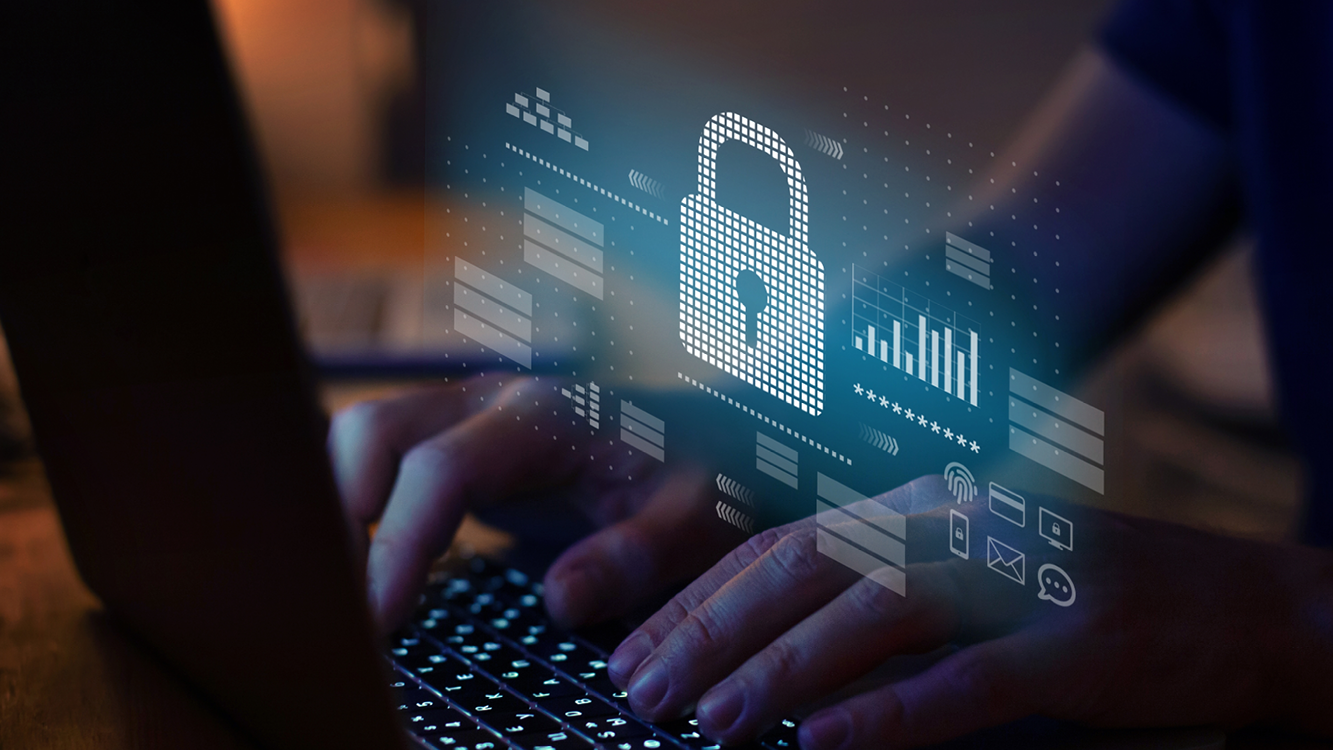Navigate the Future of Personal Authentication in the EU
Personal authentication initiatives like eIDAS and the EU Digital Identity Wallet will have a significant impact on the EU.
BlueStar's diverse portfolio offers unparalleled access to premium products and services that drive business growth and success. From state-of-the-art hardware to advanced software solutions, our portfolio is designed to empower businesses with the tools they need to thrive in today's competitive landscape.
Our vertical-based content focuses on different industry technologies, solutions, and insights.
A true VAD offers top-notch pick, pack and ship services, and provides programs and services that add value to the distributed products that increase their value or worth.
The BlueStar Difference3 min read
BlueStar December 29, 2022 11:17:00 AM EST

Businesses and organizations are looking for information and answers. Be ready to meet this demand.
So many customer engagements occur digitally today that it’s essential for businesses to know who connects to their networks and enters into contracts and agreements. At the same time, the process can’t be so intrusive that people look for ways to bypass it. If they turn it off, the network won’t be protected from hackers who might gain access and upload malware, spyware, or ransomware.
Learning about digital authentication options – and teaching your clients about them – will help you create a partnership that protects businesses and consumers.
Digital Identity Authentication Basics
Digital authentication allows users to identify and confirm who they claim to be. Authentication can occur remotely, preventing the need to travel to an office or mail documentation. Once a user is onboarded into the digital authentication system, and their identity is verified, they can access a platform or website by using an authentication method, such as:
For businesses like banks or healthcare facilities handling sensitive data, two-factor digital authentication using a combination of methods provides an extra layer of security.
EU Guidelines
As much of Europe moves to digital authentication for proof of identity, regulations provide guidance on designing these systems compliantly.
The eIDAS (electronic IDentification, Authentication and trust Services) provides mandatory regulation of electronic signature systems for all EU member states. It also covers the services of trusted digital authentication providers.
Another guideline used by member states is the 5AML (Anti Money Laundering Directive). To help combat identity fraud, companies are obligated to do their best to know their customers and try to ensure the true identity of their users – and companies that don’t comply with 5AML face heavy penalties.
Electronic Signatures for Digital Authentication
The electronic signature (or eSignature) is a crucial piece of digital authentication. An eSignature is similar to the concept of a traditional handwritten signature, except it is accomplished entirely online. As a result, it is used in commerce and public administration for signing contracts, making requests, and other transactions.
In the EU, eIDAS regulations recognize three types of eSignatures. The levels vary based on confidence in the identity of the user.
Biometric Authentication Method Options
Another variety of digital authentication is based on biometrics, often these three types:
Each business must choose which digital authentication format is best for its needs, and the use cases will determine which method or combination of methods is most suitable. TSPs must also ensure that the organization’s digital authentication system will integrate with its IT systems.
Flatten the Learning Curve
Your clients likely have questions and need information on requirements and standards for new digital authentication requirements for identity verification. Learn regulations and requirements and be ready to advise clients on the best methods for their operations and the technology that will support them. Remind your clients that digital authentication is about more than compliance. It’s an essential part of protecting their businesses.

Personal authentication initiatives like eIDAS and the EU Digital Identity Wallet will have a significant impact on the EU.

Digital identities are just months away from launch, and your clients are looking for information, guidance, and solutions.

Match the solution to the use case, add your expertise, and contribute to more secure facilities.